Defining the Patient Experience
There is a lot of discussion about User Experience (UX). It’s everywhere you look. UX and Web design, UX and product design, App design and more.
What does it really mean? Well, user experience can be defined as the overall experience a person has when using a product (such as a website), specifically referring to how easy or pleasing the product is to use. It’s all about the navigation journey.
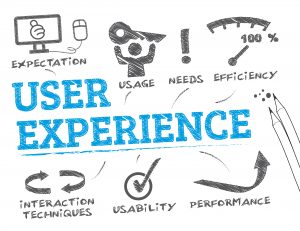
At the same time, there is a lot of discussion about Patient Experience (PX). So, what does that mean and how is it the same and/or different from User Experience?
The Beryl Institute defines Patient Experience as “the sum of all interactions, shaped by an organization’s culture, that influence patient perceptions across the continuum of care.”
Given that we experience our lives in multiple dimensions from online to in-person, it is not unreasonable that we should expect similar experiences and delivery from our health care system. For example, I can see all my bank statements and interactions across multiple accounts online – why can’t I access my health care records?
 Well, health care systems are one of the most complicated systems you can find. No other industry is as complex, has the depth and breadth, the moving parts as revolving around one person’s needs. At the same time, this system interacts with another very complex entity – the human body. This intricate complexity poses multiple challenges for both patients and health care teams – challenging the Patient Experience.
Well, health care systems are one of the most complicated systems you can find. No other industry is as complex, has the depth and breadth, the moving parts as revolving around one person’s needs. At the same time, this system interacts with another very complex entity – the human body. This intricate complexity poses multiple challenges for both patients and health care teams – challenging the Patient Experience.
Lack of resources, gaps in communication and delays in treatment are often the result of an overburdened health care system. This can ultimately result in a suboptimal Patient Experience.
As a patient, I have had both positive and negative Patient Experiences shaping my patient journey. Encounters with the people I have met, how I have been treated, the processes, the good times, the not-so-good times have all impacted my Patient Experience. What I have realized is that Patient Experience is an evolving journey that morphs with each interaction I have with the health care system, the process and people who look after me. It is not a static state.
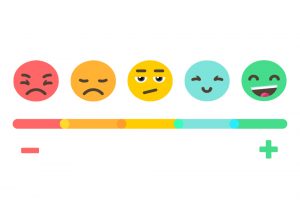 How can health care systems help shape our Patient Experiences in a positive way?
How can health care systems help shape our Patient Experiences in a positive way?
- Start with the Patient and Care Partner from the get go. Being #patientcentered is important for any health care system but it must ring true. This means getting patient and care partner input and engagement from the beginning. Include patients & care partners in strategy development and planning sessions and not just at the end.
- Help us build future positive Patient Experiences by listening to, acknowledging and addressing the negative experiences.
- Create and build collaborative environments where patients and care partners can help identify what matters to them in their journey through your health care system. This will help identify what matters most in their Patient Experience.
As a patient, my Patient Experience has revolved around a key question, “What matters to me?” Asking that simple question can help open up conversation, identify gaps, challenges and areas that are impacting Patient Experience.
Ultimately, we are all going to be patients one day due to aging populations and increases in chronic disease, so how can we work together to find the synergy and learnings from our daily User Experience’s and our one-day Patient Experience?
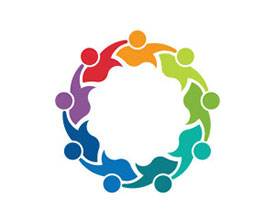
The floor is now open. Would love to learn more and hear your thoughts!


References
1. Consumer Perspectives on Patient Experience 2018: https://www.theberylinstitute.org/page/PXCONSUMERSTUDY
https://twosteps.ca/2018/11/06/defining-the-patience-experience/

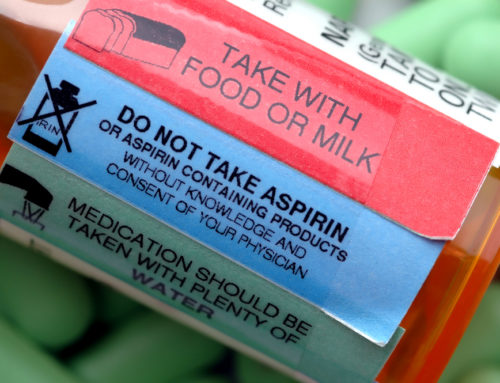


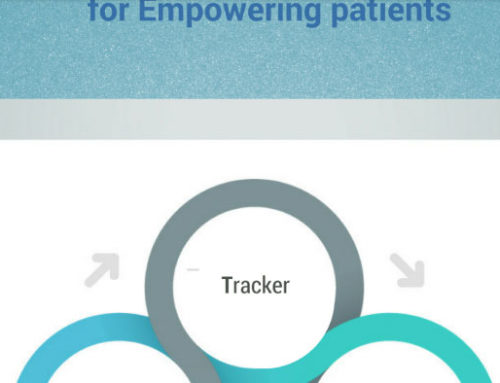
Leave A Comment